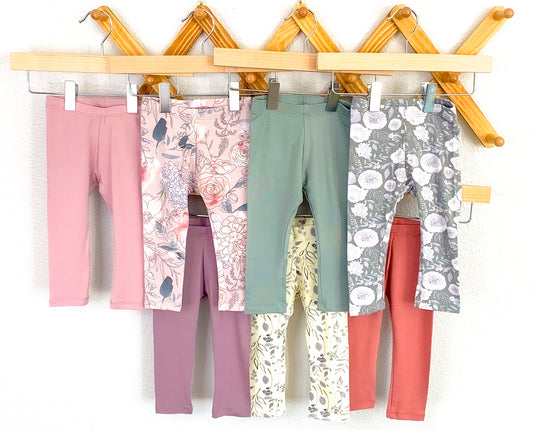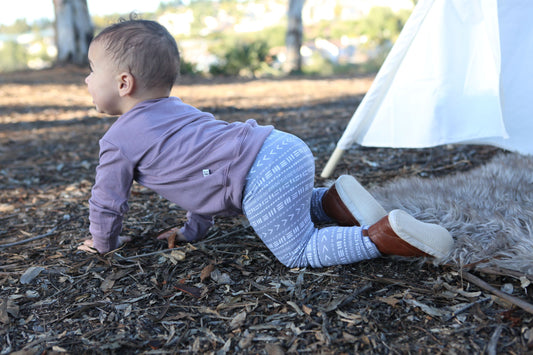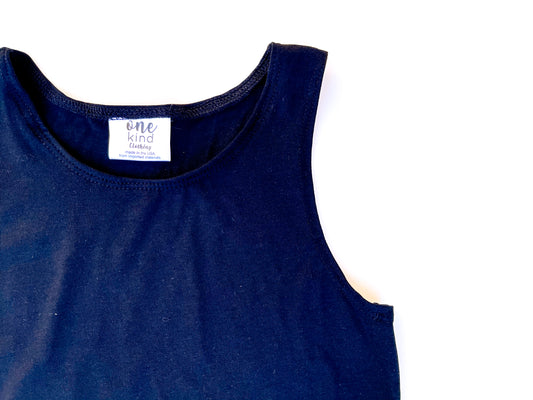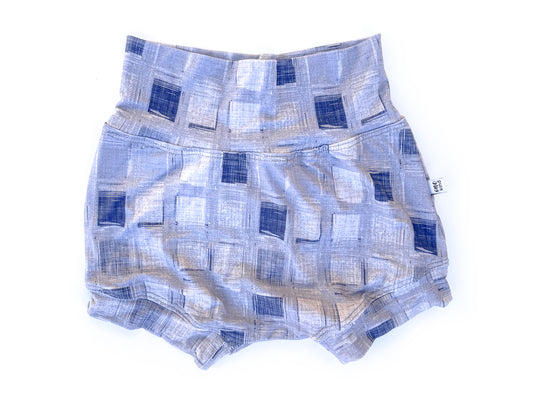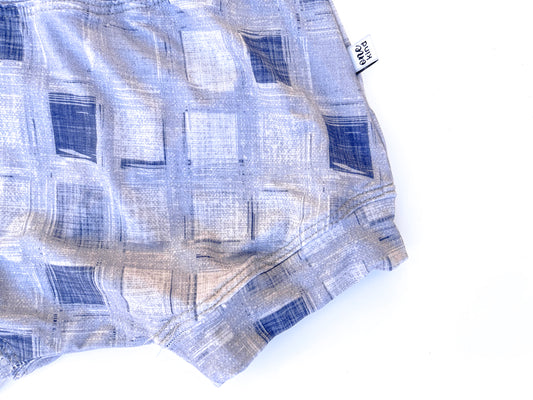Hey mamas, if you’re reading this, you’re probably like me, endlessly searching for remedies, tips and tricks to increasing your milk supply. My breastfeeding journey hasn’t been a simple one. My first son was born with multiple tongue ties and lip ties that made breastfeeding very challenging for him. As a first time mom, I struggled through the first month of life wondering why he wasn’t gaining weight, why my body wasn’t producing more milk, and eventually turning to formula to make up for what we were missing. It took multiple doctor, nurse, and lactation consultant visits before he was finally diagnosed and we were able to start to seek treatment. At this point, he was nearing two months old and my milk supply was already somewhat established, at a level that wasn’t sustainable for my growing boy.
Fast forward two years, and as I welcomed my second son into the world, I was hyper vigilant about his physical exams and tracking milk production right from the first days. After hundreds of hours of research, and trialing different ways to increase milk supply, I have a good idea of what has worked and what hasn’t. Here are my recommendations on how to increase breast milk fast and effectively.
- Pumping After Nursing to Increase Supply
Our bodies work on a demand & supply basis. The more you stimulate the breasts to produce, the more they’ll produce. It’s important to build the supply early, ideally in the first month, which will “set the tone” for milk production for the months to come.
It used to be the case that mothers would breast feed less regularly, thinking they were “saving up” the milk. This is the wrong approach – you’re just telling your body that your baby doesn’t need the milk, thus telling it to actually decrease production rather than increase.
The most effective way I’ve found to do this is to pump after every nursing session for the first 3-4 weeks. You want to do your best to fully empty the breasts each session, ideally every 2-4 hours. You’ll begin to see a slow increase in output each session as your body attempts to ramp production to match the increased demand. In two weeks, I was able to boost my milk supply from ~ 3 oz / session to ~4 oz / session, after fully feeding the baby. I did my best to keep up with the schedule over night as well, although its important to do what works for you – sometimes that extra hour of sleep can be more beneficial to your mental health than an extra pumping session!
- Foods to boost milk supply in breastfeeding
There are a variety of galactagogues (a substance that increases milk supply) that are easily available online or at your local grocery store or pharmacy.
Here are a few of my favorites:
Moringa and breastfeeding: Moringa leaf comes from a tree native to Asia, Africa and South America. It contains a variety of vitamins and minerals, including vitamin A, vitamin B1 (thiamine), B2 (riboflavin), B3 (niacin), B-6, folate and ascorbic acid (vitamin C), calcium, potassium, iron, magnesium, phosphorus, and zinc. It has been used for centuries by both breastfeeding moms as well as the general population to sustain good health.
While the herb’s effect on milk supply hasn’t been studied extensively, there are two notable studies published in The Phillippine Journal of Pediatrics that demonstrate some very positive outcomes. The first paper did a comprehensive review of five randomized controlled trials across 366 women. It concluded that the use of moringa resulted in an almost 2x increase in milk supply as compared to the placebo group. The second study that looked at the impact of moringa on milk supply of mothers with pre-term infants, and showed similar results.
I personally took moringa capsules beginning in week 2 of my sons life for ~ 3 weeks and also saw a noticeable change in milk output. I would recommend these to mothers looking for a simple but effective way to increase milk production. I would advise to use the capsules rather than a tea, as the amount of moringa leaf can become quite diluted in a tea.
Oats and Oatmilk
Oats are another common galactagogue. They’re easily available, easy to prepare, and have been relied upon by many cultures as a staple in a breastfeeding mother’s diet. While there are no significant studies on their impact on milk production, oats are high in iron, a mineral that can inhibit milk production at low levels. My favorite way to increase my intake of oats was these amazingly delicious lactation cookies. They’re packed with a ton of galactagogues and my whole family loved them so much I would make three batches at a time to freeze so we always had some on hand!
Coconut water
It is incredibly important to stay hydrated while breastfeeding. Increasing my water intake to 3 liters a day had a noticible impact on my supply, and a big part of that was coconut water. Coconut water can increase breast milk supply as part of an overall plan to increase water intake. Coconut water is packed with electrolytes, antioxidants, vitamins, and minerals, and is excellent at keeping your hydrated.
- Does body armor drink increase milk supply?
The latest trend for boosting milk supply is drinking the Body Armor sports drink, either with coconut water or on its own. While I haven’t been able to find any research or evidence that this works, I relied on it heavily during my breastfeeding journey. The theory behind its milk-boosting abilities is similar to that of coconut water. As a sports drink, it contains magnesium (an electrolyte), calcium, and coconut water, ingredients that are either galactagogues or hydrating supplements. Unlike other sports drinks, this one doesn’t contain caffeine, so its generally safe to drink while breastfeeding. Make sure to discuss with your healthcare provider if you have any questions or concerns about its safety during breastfeeding!
How fast does body armor increase milk supply?
I personally saw a difference of up to 2 oz in the pumping session after drinking a bottle. As a sports drink, it is very high in sugar, so its important to either limit the drinks to a couple per day, or opt for the lyte version which has less sugar, but does contain artificial sweeteners.
Which Body Armor is Best for Breastfeeding?
It doesn’t appear that any one flavor is better than another for increasing milk supply. My only advice is to monitor your sugar intake and make sure you’re making the healthy choice for your body.
- Will the haakaa increase milk supply?
The haakaa is an amazing manual pumping option that is compact and easily transportable. I loved using it on one breast while I fed on the other. I would often get 3-4 oz from one breast in ~10 minutes while feeding on the other side, making it a quick and simple way to store some milk without adding any additional time. I’ve heard many great stories about women boosting their supply with the haakaa, so make sure to check it out as part of your breastfeeding journey!
- Relax and stay positive
The most important thing you can do for your milk supply, your sanity and your little one is to just relax! Just remember, no matter what happens, fed is best and this is just one stage in a life-long journey together with your child.
Good luck, mamas, you got this!
Does body armor drink increase milk supply
can you increase milk supply at 3 months
PUMPING AFTER NURSING TO INCREASE SUPPLY
haakaa increase milk supply
increase milk supply with haakaa
how to increase supply when exclusively pumping




